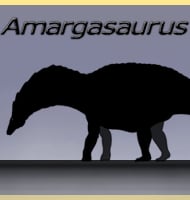Variraptor
In Depth Reconstruction of Variriaptor from available fossils is difficult as only partial remains exist. Discovered fossils do appear to be superficially similar to Deinonychus, although Variraptor appears to be of an overall smaller build. Some size estimates do have Variraptor reaching up to three meters in length, although the smaller estimate of two meters … Read more
